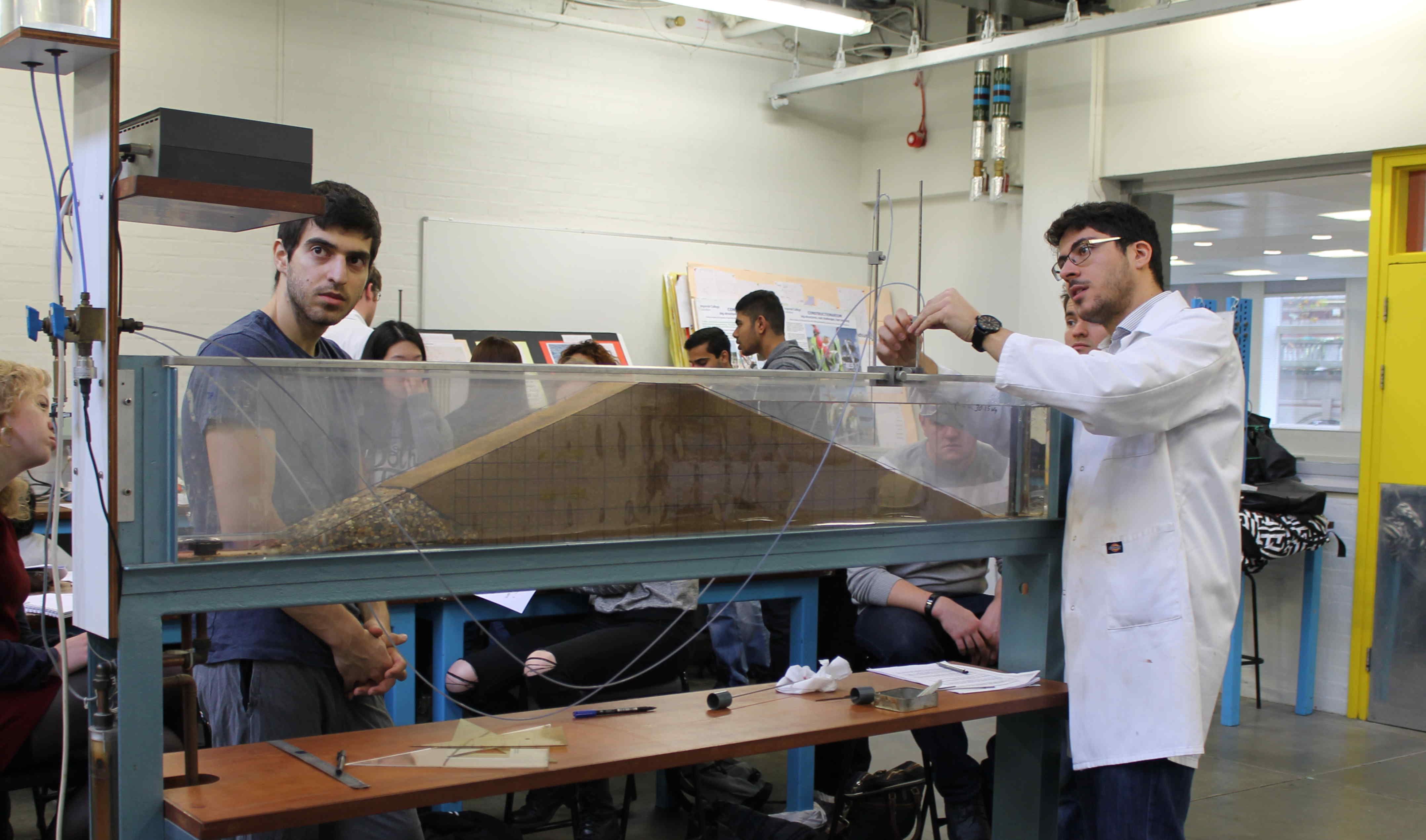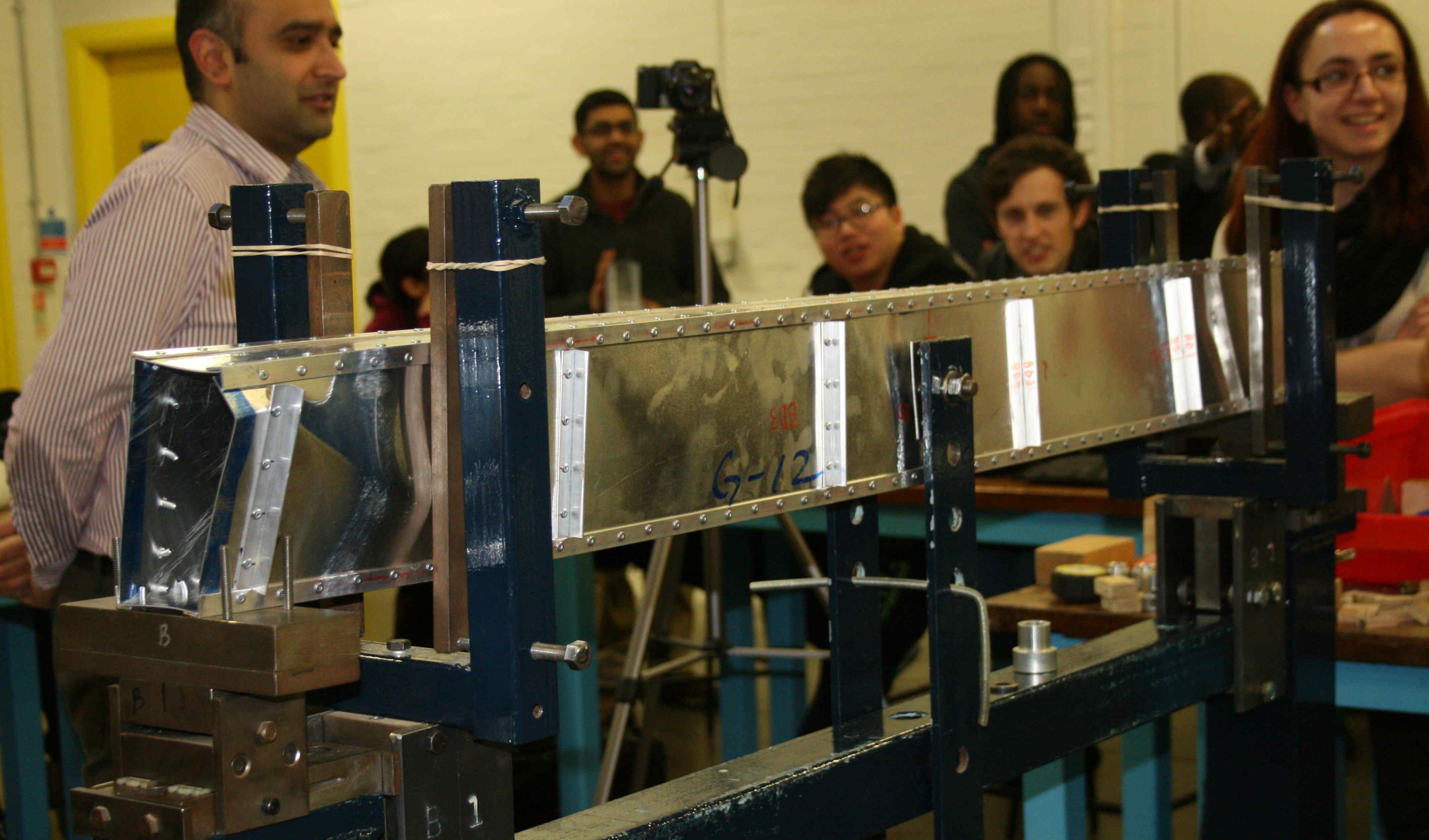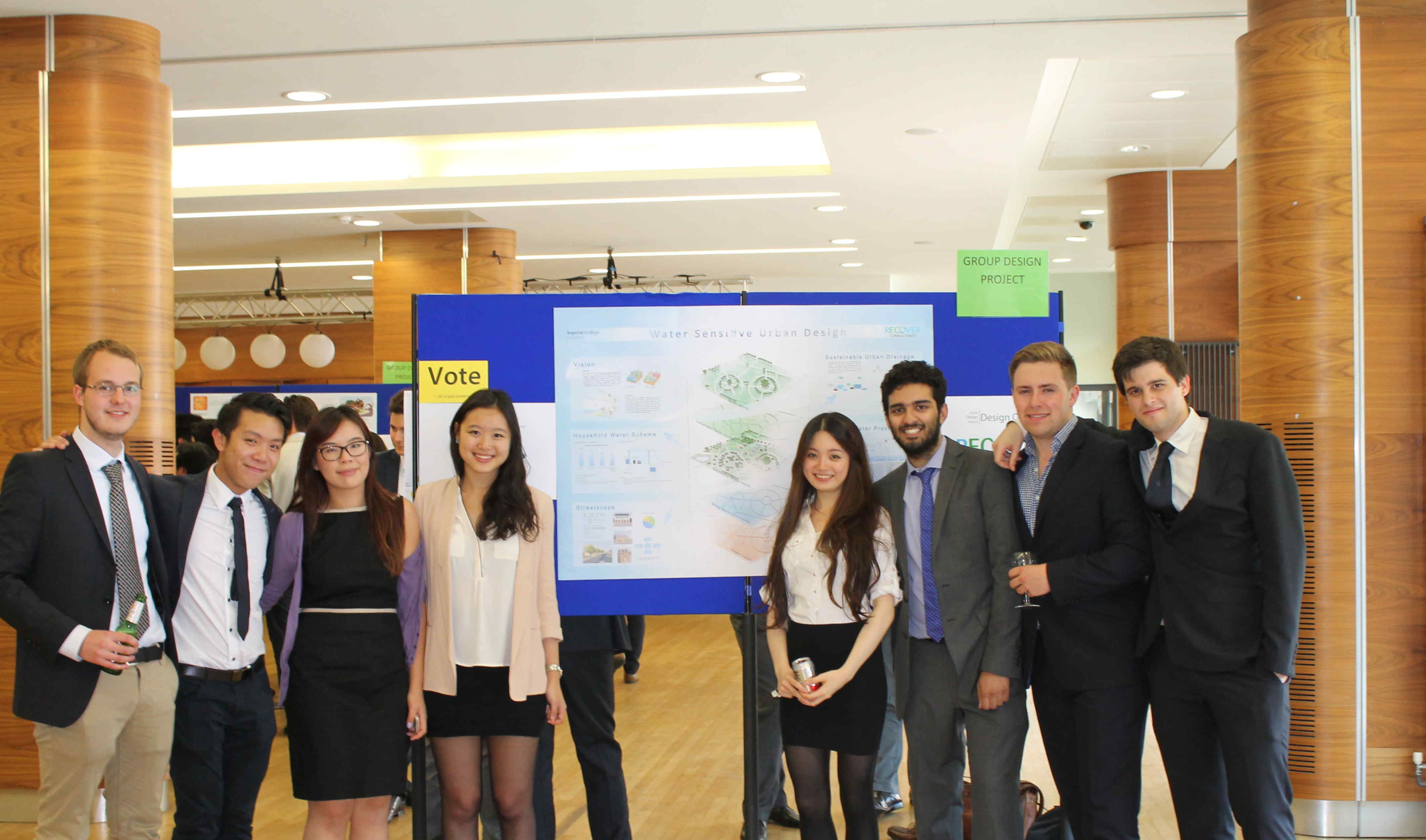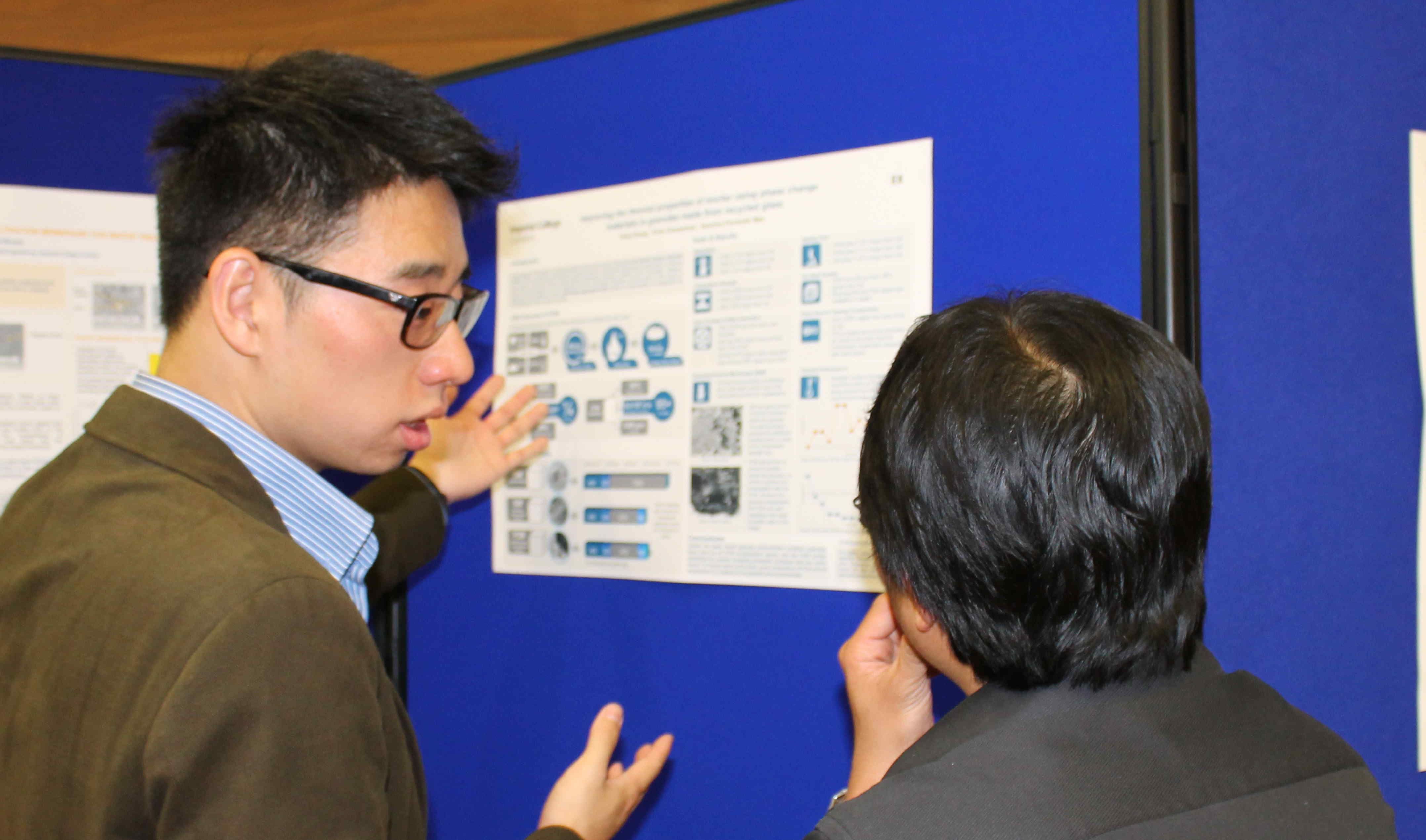Throughout the degree course, a number of key skills are introduced and developed, including communication skills (both written and oral); draughting, sketching and computer-aided design (CAD); as well as IT skills. Many of these are combined in project work which may include project management, writing technical reports, giving presentations and producing drawings. A selection of such student projects are highlighted below:
Examples of project work
Civil Engineering / Creative Design
The module is delivered across two intensive weeks during Creative Design where no other teaching takes place. 2 x 1 weeks are Creative Design weeks in which you will work as groups to develop Civil Engineering designs across multiple design scales.
The sketching and modelling modules are delivered as a set of ten sessions, with short tasks to be completed in the first seven sessions. Final project presentations are given at the end of each week. You will learn sketching, how to produce technical drawings using 2D and 3D Rhino, and parametric design such as Grasshopper 3D and Karamba 3D.
The objectives of Creative Design are to: (1) Give students an appreciation of the purpose behind the theoretical teaching they receive, (2) To show they can all be creative “designers” and (3) Give students the confidence to be creative designers through hands-on experience of the processes in relation to a practical project: from brief assessment, feasibility, concept, scheme, detail design, construction information to construction.
Each of the 10 days (two 5-day weeks) is structured in the same way, following through five phases; (1) Inspiration (in the form of a presentation given by a practising engineer from civil, structural or environmental engineering, where they present a subject from their own field, including what inspires them and what they think they would have liked to have been told when starting their engineering degree), (2) Learning, (3) Feedback (where the guest engineer who will have been part of the project working session in the preceding day, is able to contribute new thinking to a feedback session for all students), (4) Technical Work (where students are provided with guidance notes from tutors, based on what they have seen previously and to help the students advance their project. The tutors are currently members of the Buro Happold team and members of academic staff covering all of the technical areas relevant to the project) and (5) Project work.
2-day Design Projects
The two-day design projects carried out in the Second year are intensive projects, designed to be completed in-class; one is on structural design (held at the end of Autumn Term) and one is fluids design (held at the end of the Spring Term). The structural design project compromises of elements of Structural Steel design and Reinforced Concrete Design, while the fluids design project focuses on design calculations and the use of assumptions when solving engineering problems. Together these projects are worth 100% of the module marks and are assessed by design reports, which are submitted either individually or in groups.
Geotechnics / Structures mini-projects
The Year 3 Structures Project reinforces several aspects of the Structural Mechanics curriculum from Years 1-3 in a memorable way. Students are required to design, build and test a simply-supported aluminium girder to minimum cost, for which a given design loading, material elements and connectors are provided. Although the task is, at first sight, straightforward, it requires the application of bending theory, stress analysis, structural stability theories for columns, beams and plates, and an appreciation of nonlinear behaviour. Once the girders are tested to failure, students interpret the actual response and compare it to their predicted behaviour and suggest improvements. An oral presentation is made at the end of the design stage and two reports are required, one group report detailing the agreed design and one individual post-testing report drawing conclusions and suggesting improvements.
The geotechnical design project draws upon the material presented in the Year 3 Soil Mechanics module, and also on the students’ earlier studies in Soil Mechanics, Geology and Geomorphology. They consider, over two days, an integrated problem that involves designing a system of retaining walls, foundations and slope stabilisation works to support a practical development being constructed in an area that is also exposed to significant landslide hazards. Students are required to apply a range of analytical techniques to produce fully dimensioned designs that meet the project brief while considering human and environmental factors. The key objective is for students to learn how to apply their analytical work in a creative, flexible and practical manner that also integrates other, broader, aspects of their Civil Engineering training. The final designs and documentation have to be submitted at the end of the two-day period.
- CI3-312 Structures and Geotechnics Projects module description
Group Design Project
The Third Year Group design project is an intensive four-week activity held after the students examinations in the Summer Term. The purpose of the project is to engage the students in ‘real’ multi-faceted Civil Engineering projects and to develop their team working skills. The projects require students to use their creativity and design understanding acquired in the First and Second years, applied engineering science from the taught courses, and to build on their team working and communication skills developed in Professional Engineering Practise and Creative Design. Students are required to present the group work both as an oral presentation with Q&A session to an academic panel and in a poster session.
Final year project
The final two terms of the MEng degree course, after all final year examinations, are devoted to individual projects undertaken by students, each working under the supervision of one or two members of academic staff. By virtue of being in a Department in which all members of the academic staff are actively engaged in research, Final year projects will frequently be linked to ongoing state-of-the-art research, proving students with the opportunity to interact with researchers and occasionally even leading to publications.
The Individual Project comprises two parts. Part A requires a critical literature review, which, in addition to the technical requirements, will provide training and experience in data retrieval and interpretation, and emphasis will also be placed on report writing and presentation skills. Part B will be the main research report. This activity culminates in a state-of-the-art conference, taking place over 2 days. Students will present the work completed during the Individual Projects both as an oral presentation and in poster sessions.
- See the 2023 Student Prize Winners.



